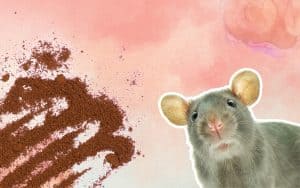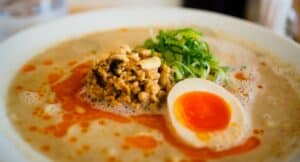Proper food storage is essential to maintain the freshness, quality, and safety of our food. Among the various food preservation methods available, vacuum sealing has gained popularity for its ability to extend the shelf life of many food items, including rice. As a staple food in many cuisines around the world, rice is commonly vacuum sealed to preserve its taste, texture, and nutritional value for longer periods.
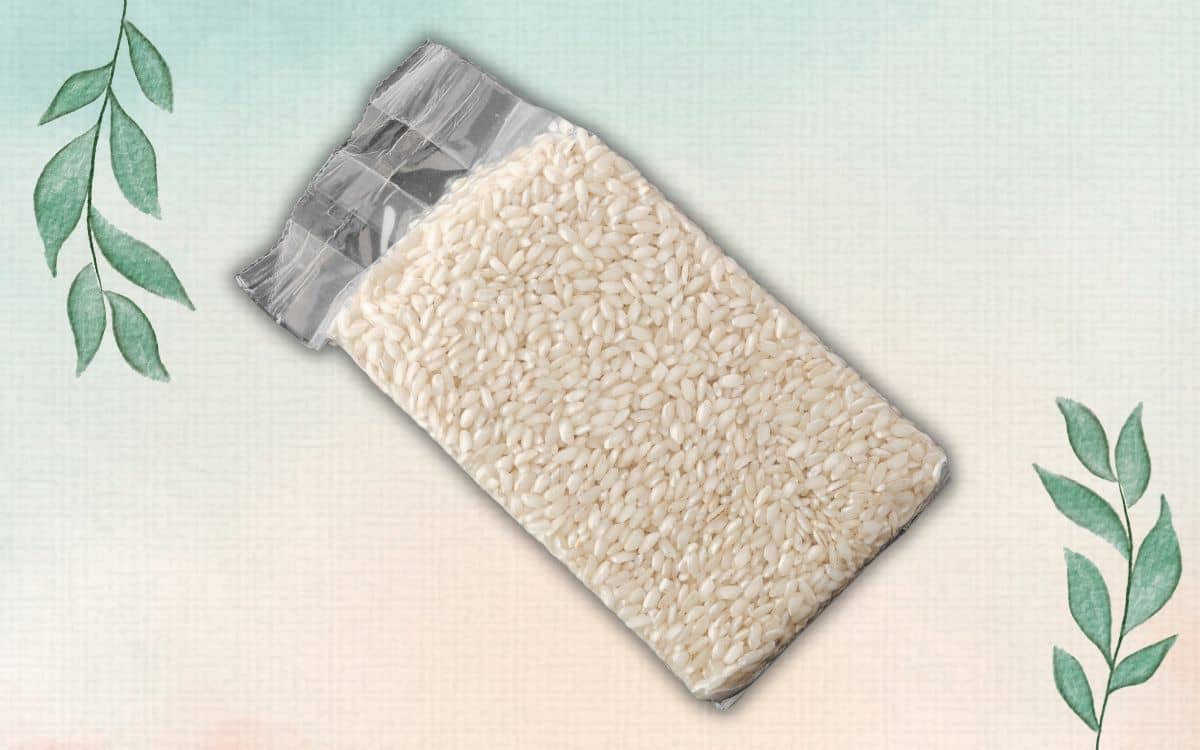
In this blog, we will explore the question of how long vacuum sealed rice can last. We will delve into the science behind vacuum sealing, the factors that affect rice shelf life, the benefits of vacuum sealing rice, and provide guidelines on how to properly store vacuum sealed rice. By understanding the principles of vacuum sealing and following best practices, you can make your rice last longer, reduce food waste, and ensure that your stored rice remains fresh and safe for consumption. So, let’s dive in and learn more about the shelf life of vacuum sealed rice!
Understanding Vacuum Sealing
Vacuum sealing is a method of food preservation that involves removing air from a package and sealing it tightly to create a vacuum environment. This process is typically done using a vacuum sealer machine, which sucks out the air from the packaging and heat-seals it to prevent any air from re-entering.
One of the key benefits of vacuum sealing is that it removes oxygen from the packaging, which is a critical factor that can contribute to food spoilage. Oxygen promotes the growth of bacteria, yeasts, and molds, which can cause food to spoil quickly. By removing oxygen, vacuum sealing helps to slow down the deterioration of food and extend its shelf life.
Another advantage of vacuum sealing is that it prevents moisture from entering or escaping the package. Moisture is another factor that can affect food quality and spoilage. When it comes to rice, excess moisture can cause the grains to become clumpy or moldy, leading to spoilage. Vacuum sealing helps to create a barrier against moisture, preserving the texture and quality of rice.
Vacuum sealing also protects food from external contaminants, such as pests, dust, and odors, which can degrade the quality of rice. The airtight seal created by vacuum sealing helps to keep out these contaminants, ensuring that the rice remains fresh and safe for consumption.
How Long Does Vacuum Sealed Rice Last?
The shelf life of vacuum sealed rice can vary depending on several factors, including the type of rice, storage conditions, and quality of the vacuum seal. However, in general, vacuum sealed rice can last significantly longer compared to rice stored using traditional methods.
Type of Rice
Different types of rice have different characteristics and shelf life when vacuum sealed. Here are some general guidelines:
White Rice
When properly vacuum sealed and stored in ideal conditions (cool, dry, and dark place), white rice can last up to 5-10 years or even longer.
Brown Rice
Brown rice has a higher oil content compared to white rice, which can cause it to spoil more quickly. When vacuum sealed and stored in optimal conditions, brown rice can last around 2-3 years.
Jasmine Rice, Basmati Rice, and Other Fragrant Rice
These types of rice have a unique aroma and flavor, which can diminish over time. When vacuum sealed and stored in ideal conditions, fragrant rice can last around 2-5 years.
Storage Conditions
The storage conditions play a crucial role in the shelf life of vacuum sealed rice. It is important to store vacuum sealed rice in a cool, dry, and dark place to minimize exposure to heat, moisture, and light, which can cause rice to spoil more quickly. Ideally, the temperature should be below 70°F (21°C) with humidity levels below 60%.
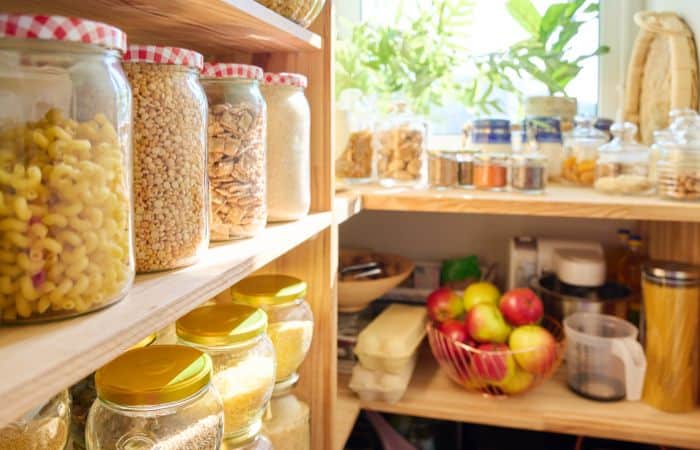
Quality of Vacuum Seal
The quality of the vacuum seal also affects the shelf life of rice. A proper vacuum seal should be airtight, with no air entering the package. If the vacuum seal is compromised or leaks over time, it can expose the rice to oxygen, moisture, and contaminants, which can reduce its shelf life.
Factors Affecting Rice Shelf Life
The shelf life of rice, whether vacuum sealed or not, can be influenced by various factors. It’s essential to understand these factors to properly store and preserve rice for longer periods. Here are some key factors that can affect the shelf life of rice:
Moisture Content
Moisture is a crucial factor that can affect the quality and shelf life of rice. Rice grains naturally contain some moisture, and excess moisture can promote the growth of bacteria, yeasts, and molds, leading to spoilage. It’s important to store rice in a dry environment and keep moisture levels low to extend its shelf life.
Temperature
Temperature plays a significant role in rice spoilage. High temperatures can accelerate the growth of microorganisms and degrade the quality of rice, while low temperatures can slow down enzymatic reactions that cause rice to spoil. It’s best to store rice in a cool place with temperatures below 70°F (21°C) to minimize the risk of spoilage.
Oxygen Exposure
Exposure to oxygen can also contribute to rice spoilage. Oxygen promotes the growth of aerobic bacteria, which can cause rice to spoil quickly. Vacuum sealing helps to remove oxygen from the packaging, reducing the chances of spoilage and extending the shelf life of rice.
Light Exposure
Light exposure can also degrade the quality of rice. Ultraviolet (UV) rays from sunlight can cause the oxidation of rice oil, leading to rancidity and off flavors. It’s best to store rice in a dark place or opaque containers to protect it from light exposure.
Quality of Rice
The quality of rice itself can affect its shelf life. Higher quality rice with lower moisture content and fewer impurities tends to have a longer shelf life compared to lower quality rice. It’s important to use good quality rice for vacuum sealing to ensure better preservation and longer shelf life.
Handling and Contamination
Improper handling, contamination, and exposure to pests or other contaminants can also affect the shelf life of rice. It’s crucial to handle rice with clean hands and store it in clean, sealed containers or vacuum-sealed bags to prevent contamination.
Benefits of Vacuum Sealing Rice
Vacuum sealing rice has become a popular method of food preservation due to its numerous benefits. Here are some advantages of vacuum sealing rice:
Protection Against Moisture and Contaminants
Vacuum sealing creates an airtight seal that helps to protect rice from moisture, pests, and contaminants. It minimizes the chances of bacterial growth, mold formation, and insect infestation, which can spoil rice and reduce its shelf life.
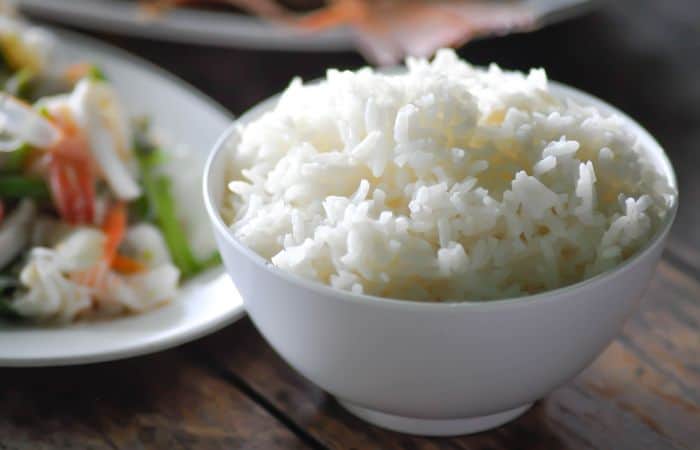
Retained Freshness and Flavor
Vacuum sealing helps to retain the natural freshness, aroma, and flavor of rice. It prevents the absorption of odors from the surrounding environment, which can affect the taste and quality of rice. Vacuum sealed rice tends to taste as fresh as the day it was sealed, even after extended storage periods.
Space-efficient Storage
Vacuum-sealed rice takes up less space compared to traditional storage methods. The removal of air from the packaging reduces the bulk, making it easier to store in limited spaces such as pantries, cabinets, or freezers.
Cost-Effective
Vacuum sealing rice can be cost-effective in the long run as it helps to reduce food waste. By extending the shelf life of rice, you can minimize the need for frequent purchases and save money on replacing spoiled rice.
Convenience
Vacuum-sealed rice is easy to store, transport, and portion. The airtight packaging keeps rice fresh and free from clumping, making it convenient to measure and use as needed in recipes or meal prep.
Versatility
Vacuum sealing is not limited to just rice. You can use the same method to vacuum seal other grains, dry goods, and food items, providing an efficient and versatile solution for long-term storage.
What Are the Signs of Spoilage in Vacuum Sealed Rice?
The signs of spoilage in vacuum sealed rice can vary depending on the type of rice, storage conditions, and the quality of the vacuum seal. Here are some common signs to look for:
Mold or Discoloration
If you notice any mold growth or discoloration on the rice, it could be a sign of spoilage. Mold can develop in the presence of moisture, and if the vacuum seal is compromised or the rice was not properly dried before vacuum sealing, it can lead to mold growth.
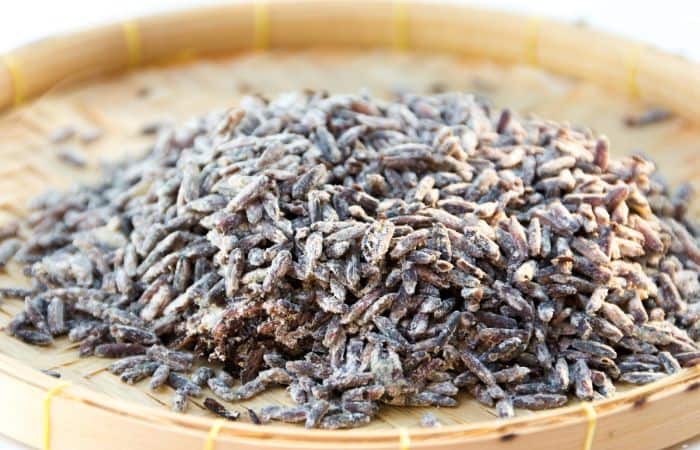
Foul Smell
If the vacuum sealed rice emits an off or foul smell, it could indicate spoilage. Rice should have a neutral odor, and any strong or unpleasant smell could be an indication of bacterial or fungal growth.
Rancid or Off Taste
If the vacuum sealed rice has a rancid or off taste, it may have spoiled. Rice should have a fresh, mild taste, and any unusual or unpleasant taste could be a sign of spoilage.
Clumping or Caking
If the rice in the vacuum sealed package is clumped or caked together, it could be due to moisture ingress, which can lead to spoilage. Properly vacuum sealed rice should remain dry and free from clumping.
Presence of Pests
If you notice any signs of pests, such as insects or rodents, in or around the vacuum sealed rice, it could indicate spoilage. Pests can infest and spoil rice even if it is vacuum sealed.
Conclusion
Vacuum sealed rice is a great way to store rice for a longer period of time than if it were stored in the pantry or cupboard. If you follow the guidelines mentioned in this article, you can ensure that your vacuum sealed rice will last anywhere from 1 to 2 years. However, it’s important to remember that the quality of the product may ultimately depend on the conditions in which it was stored.



